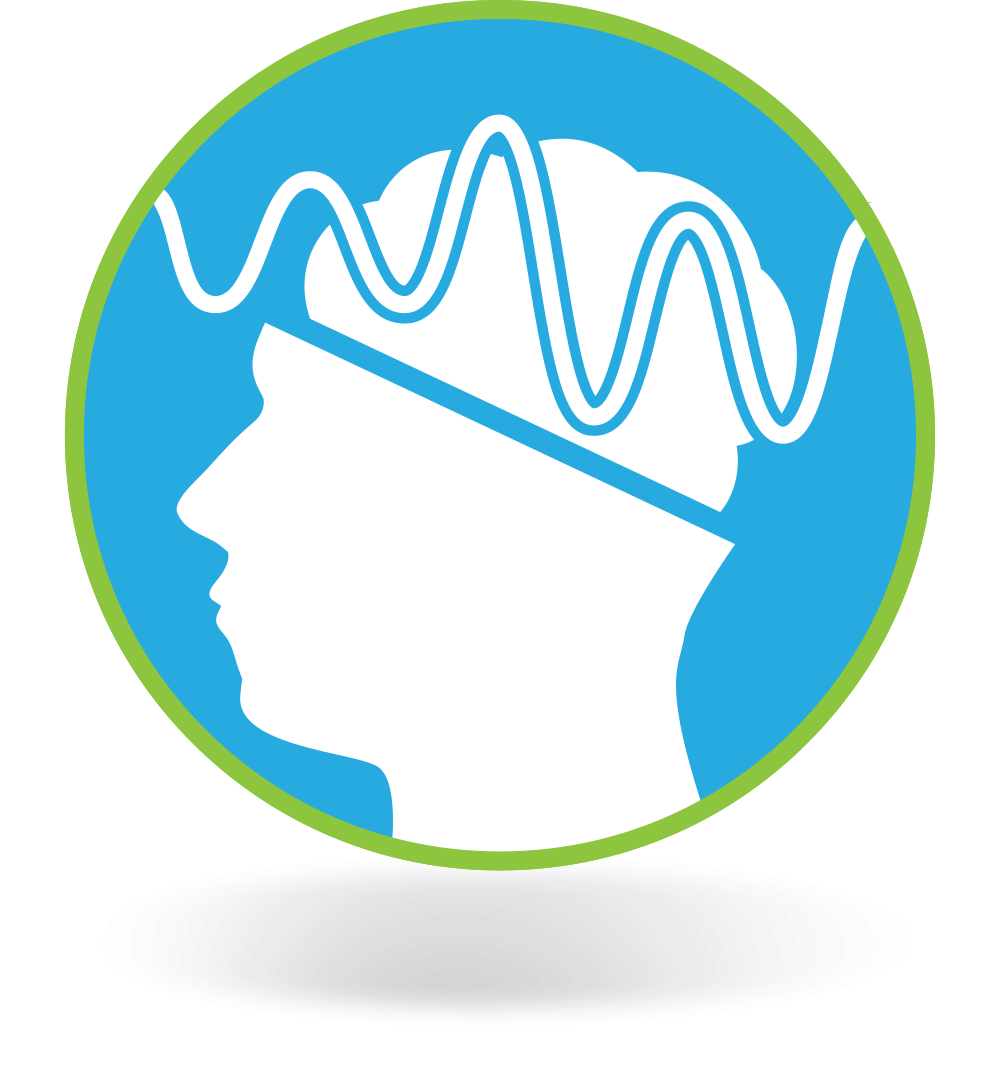NEWPORT BEACH, Calif., Dec. 17, 2013 /PRNewswire/ — Best available technology to preserve postop brain function largely unused. Public needlessly traumatized about anesthesia awareness. Patients facing surgery MUST become proactive BEFORE surgery.
A recent NY Times article needlessly fanned public fears about exceedingly rare anesthesia under-medication with awareness and erroneously claimed “…consciousness isn’t something we can measure.”
“Under-medication is NOT the problem for the vast majority of patients receiving anesthesia, but over-medication most certainly is,” says Dr. Barry Friedberg, Board Certified Anesthesiologist.
The 1996 FDA approved BIS brain monitor is not to be confused with a nationally advertised mattress. However, Friedberg says a software switch transforms BIS into a critically useful device (i.e. BIS/EMG) that can help your anesthesiologist find your perfect ‘sleep’ number or, more accurately, the amount of anesthesia you need not to feel, hear or remember your surgery WITHOUT over-medicating you.
Without a brain monitor, the anesthesiologist is forced to use notoriously unreliable signs to guide dosing, resulting in routine over-medication.
Patients’ over age 50 brains are more sensitive to anesthetic drugs. Delirium, dementia, and death are the possible consequences of anesthesia over medication.
American Society of Anesthesiologists’ (ASA) members generate publications like those cited by this recent NY Times article. This ‘forest for the trees’ information only confuses the most important issue for patients facing surgery; i.e. avoiding routine over-medication.
The ASA appears unwilling to encourage its members to use the best available technology to preserve patients’ brain function after surgery. Why does the ASA appear to act contrary to the best interest of patients? Maybe because universal BIS/EMG monitoring could reduce anesthesia drug use by 30%, a potentially dramatic financial insult to Big Pharma that, in turn, provides millions of essential support dollars to the ASA, Friedberg suggests.
“The ASA ‘fox’ appears to be guarding the patients’ ‘hen house.’ Only greater public awareness of the avoidable risks by not having BIS/EMG monitoring for surgery can create the requisite force for change,” says Friedberg.
Published by the non-profit Goldilocks Anesthesia Foundation, ‘Getting Over Going Under’ was written in easy to understand language to help the general public with anesthesia fears and what MUST be done for surgery patients to become proactive.
“The bottom line,” says Dr. Friedberg, “Don’t let your parents, your spouse or anybody you love over 50 get anesthesia without a brain monitor or you may NEVER speak to that SAME person again.”
Contact Info:
Goldilocks Anesthesia Foundation
P.O. Box 10336 Newport Beach, CA 92658
949-233-8845
SOURCE Goldilocks Anesthesia Foundation
RELATED LINKS
http://drbarryfriedberg.com
http://www.nytimes.com/2013/12/15/magazine/what-anesthesia-can-teach-us-about-consciousness.html?_r=0
http://journals.lww.com/anesthesiology/Fulltext/2008/01000/Predictors_of_Cognitive_Dysfunction_after_Major.7.aspx
http://journals.lww.com/anesthesiology/Fulltext/2007/03000/Postoperative_Cognitive_Dysfunction_after.23.aspx
http://journals.lww.com/anesthesiology/Fulltext/2009/04000/Epidemiology_of_Anesthesia_related_Mortality_in.15.aspx
